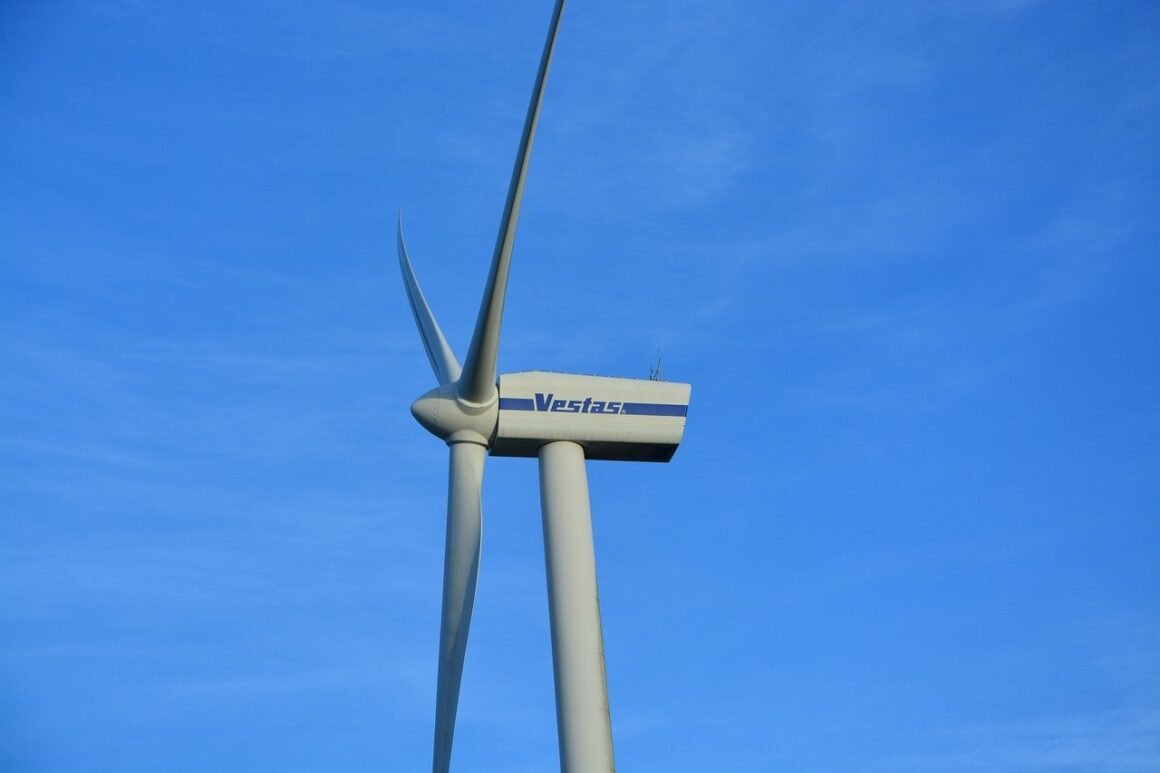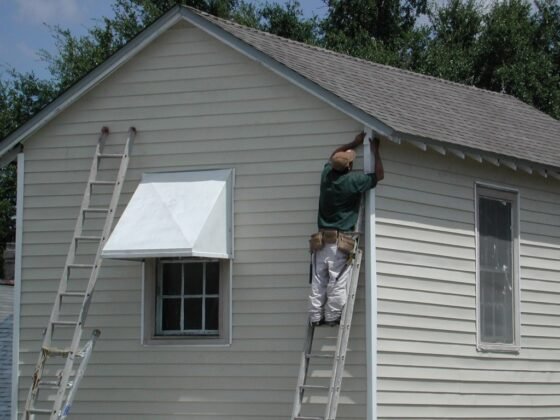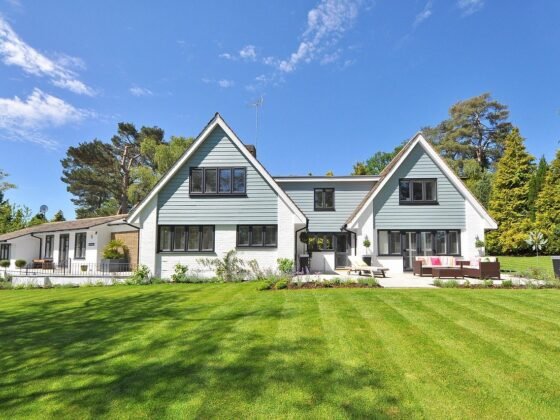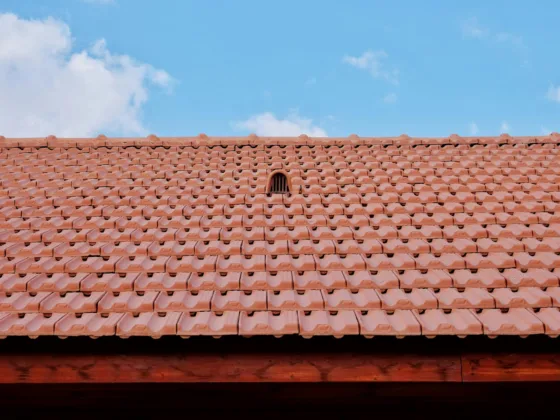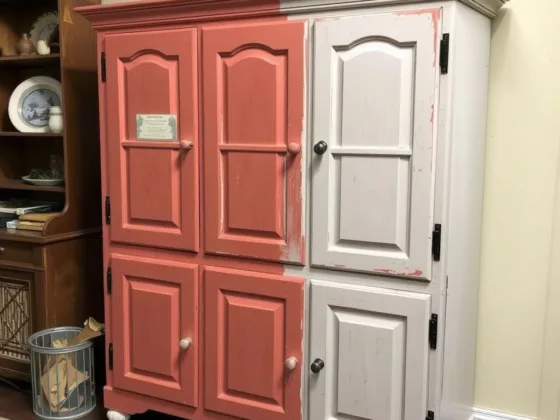Table of Contents Show
Can renewable energy really power our planet? Is it possible to build that many power plants? Will we be able to pay for it?
As renewable energy becomes more mainstream, it’s growing at a remarkable rate. Renewable energy is becoming cheaper and more dependable.
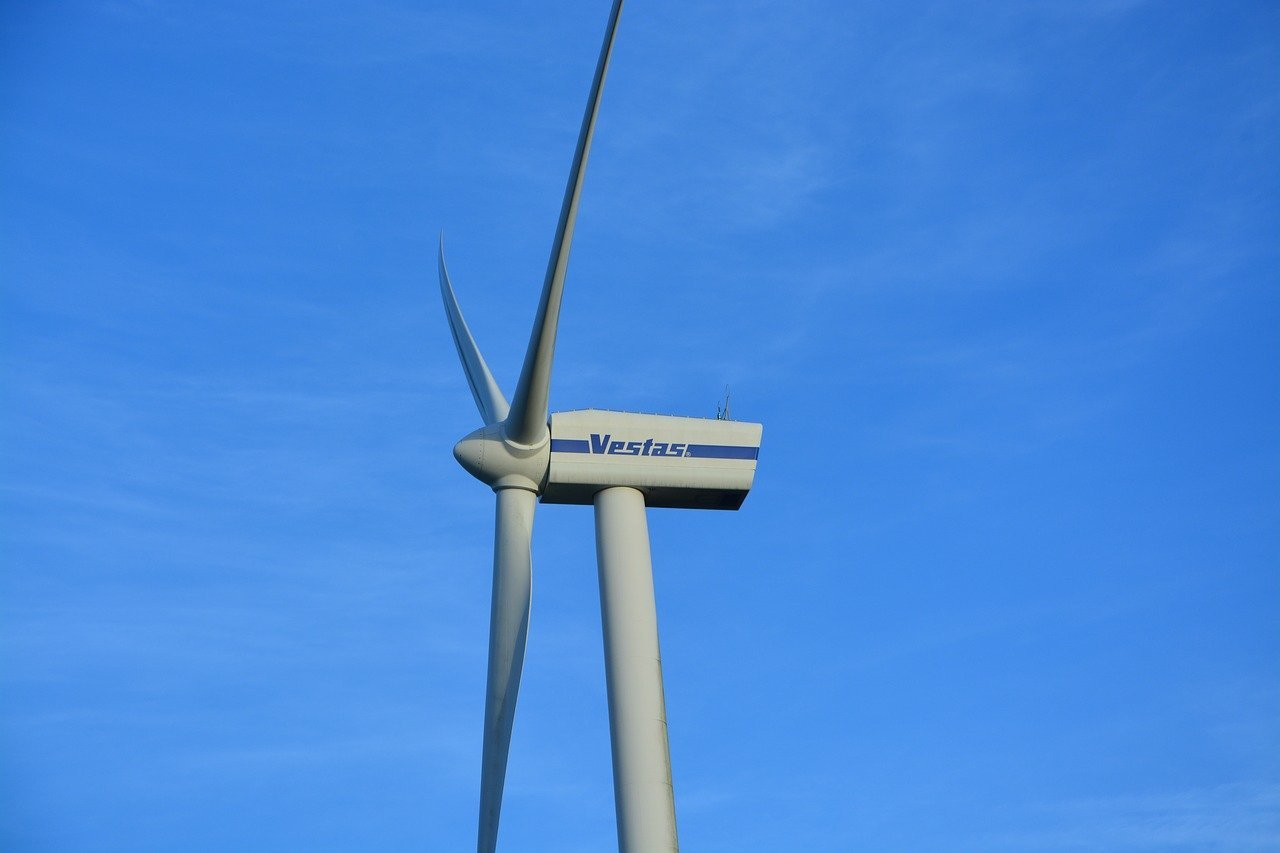
Read on to learn 3 surprising facts about renewable energy sources.
Read Also:
- Go Green and Save Money: 7 Energy Efficient Improvements to Make to Your Home This Year
- Alternative Energy Sources: Is It Feasible to Generate Your Electricity?
- 5 Renewable Energy Options to Consider for Your Home
- Surprising 2020 Trends in American Apartment Size
- How to Use Renewable Energy in Your Garden
1. Production Keeps Going Up
New generation sites for renewable energy keep getting added to the grid. Since 2013, about 26% of new construction for energy generation has been for solar power, with another 21% of new construction for wind power.
Offshore wind power might become an even bigger area for growth.
Using offshore wind power alone, the U.S. could generate twice the power needed to power the entire country. According to some predictions, offshore wind power is set to become a $1 trillion industry by 2040.
2. Prices Keep Declining
As production ramps up, the price paid by consumers for renewable energy keeps falling. According to Forbes.com, clean energy is now cheaper than fossil fuels.
Wind
According to Energy.gov, land-based wind power is one of the lowest-priced forms of electricity today. The price of wind power dropped 66% between 2009 and 2017, making wind the cheapest source of new electricity generation in several parts of the country.
As wind power becomes a mainstream technology, less money needs to be spent researching and developing new technology. It’s now cheaper to install wind power plants than most other kinds of power generation. All these cost savings get passed to consumers.
Solar
The cost of solar energy has dropped by 82% since 2010. Improved technology has lowered the cost of the solar panels and other components used to make the system.
3. Renewable Energy Is Good for the Grid
By themselves, most sources of renewable energy production have their limitations. Wind turbines only turn when the wind blows, hydroelectric dams depend on the amount of water they hold, and solar panels only work when the sun shines.
However, when combined with other power sources that can produce according to need, renewable sources help create a dependable system.
Combining With Natural Gas
When the wind dies down, or the sun goes down, other sources of energy production can be brought online. For instance, natural gas plants can produce electricity on demand, filling gaps in the system when renewable sources produce less.
Adding Storage
The power grid needs ways to store power produced when renewable sources are online. Technology for long-term battery storage continues to improve, and may soon provide one method of saving power.
Natural methods also exist, such as using electricity to pump water above hydroelectric dams which can then be released to create electricity.
Home Solar Panels
A home that produces its own energy with solar power can feed power into the grid or save the power in batteries, reducing demand for power. Installers such as this company can help you turn your home into a power generation station.
An Exciting Future for Renewable Energy Sources
As renewable energy sources get cheaper and more dependable, they become an ever-better way to power our country. In fact, Forbes.com predicts that the U.S. could convert to 90% renewable electricity by 2035 and save money while doing it. Renewable energy really does have a bright future.
If you enjoyed reading this, check out our blog for more interesting articles.
